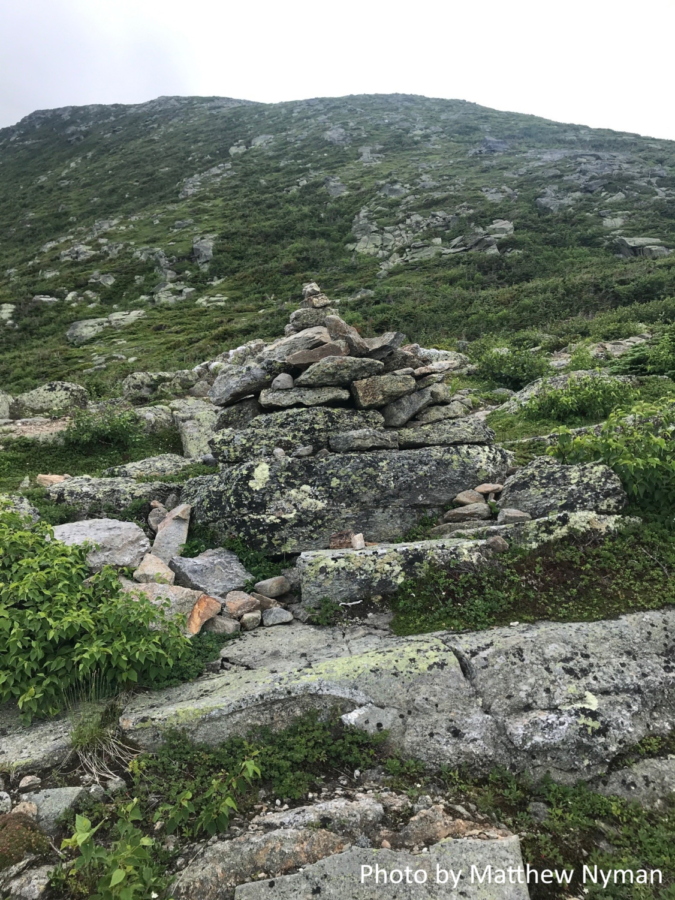The Extremes of Mount Washington
May 1, 2022
Mount Washington is a unique and impressive location because it is the highest peak in the Northeast with a height of 6,288 feet and is known to have the worst weather in the world. The summit of Mount Washington is shrouded in fog an average of 300 days a year, but on the rare clear days, visitors can see five states and Canada, a distance of over 100 miles.
The summit of Mount Washington consistently has the most extreme weather ever recorded, with fierce winds, dense fog, bitter cold, and heavy snow. During the winter, the already-treacherous Mount Washington Auto Road becomes nearly impassible due to a thick layer of snow, so weather researchers attempting to reach the Mount Washington Observatory must use heavy-duty plows to clear the road. When weather permits during the other seasons, visitors are able to use either the Mount Washington Auto Road or the Mount Washington Cog Railway to reach the peak, where they can experience the extreme weather for themselves.
Native plants and animals have adapted to the extreme weather of Mount Washington in different ways. These adaptations vary in each of the distinct ecological zones at various heights on the mountain. The alpine zone is a barren, windswept tundra that extends from the summit at 6,288 feet down to the tree line at 4,500 feet. Plants in the alpine zone survive the poor soils, harsh winds, extreme cold, and heavy wintertime snowfall by using adaptations such as remaining close to the ground. In the summer, a small songbird called the American Pipit nests among the boulders in this zone before migrating in the fall.
At 4,500 feet, the tree line is a transition zone between the alpine tundra and the boreal forest. The trees that grow in this transition zone are called krummholz trees. These tiny, stunted trees are oddly shaped because they are sculpted by powerful winter storms.
Below the tree line is the boreal forest, which has evergreen trees such as red spruce, black spruce, and balsam fir trees which have adapted to cold temperatures and are able to shed heavy snowfall. Animals that can be found in Mount Washington’s boreal forest include the American marten, snowshoe hare, and spruce grouse.
At the bottom of Mount Washington is the northern hardwood forest. The sugar maple, white birch, and American beech trees found in this zone are more colorful than the trees in the other zones and are deciduous trees that change with the seasons. Moose, red fox, and ruffed grouse can also be found in the northern hardwood forest.
Mount Washington began being formed when sediments accumulated and compacted in a shallow sea. As these sediments were compacted and heated, they became metamorphic rock. Later on, the metamorphic rock was pushed upward to 18,000 to 22,000 feet above sea level. The newly exposed metamorphic rock was then eroded by weather and glaciers over tens of millions of years. After 12,000 to 16,000 feet of the metamorphic rock was gradually worn away, Mount Washington reached its current form. The weather on Mount Washington still changes the mountain’s landscape today.
Mount Washington will continue to be an interesting location to visitors and scientists alike because of its extreme weather, its ecological zones, and its history.
